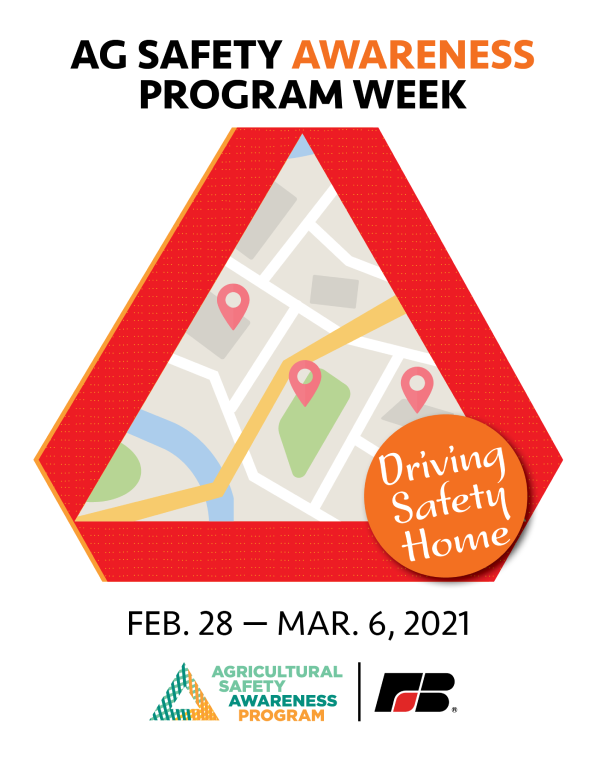Protecting Our Farmers
Agriculture ranks among the most dangerous industries, and farm workers are at high risk for fatal and nonfatal injuries. These workers, who provide the food, fiber, and fuel that we need, are mainly outdoors in harsh conditions, and often in remote, rural, and removed areas. Farm work also often requires long work hours and the use of equipment, heavy machinery, and chemicals, among exposure to other risky conditions like rural traffic and tractor interactions, hearing loss, heat, and stress.
Through increased awareness of safety and health issues facing the agriculture industry, we can help save lives and prevent injuries.
Farm Safety Facts
- If you are a farm worker, be aware of the height of your equipment. Powerlines, low bridges, and other overhead obstacles are common in rural areas. Make sure that your equipment can clear the space before trying it.
- Slow Moving Vehicle Signs or SMVs are bright, fluorescent orange triangle signs posted on farm equipment that will be driving under 25 mph. If you see one, slow down.
- Working in agriculture is not only difficult work, but it is also hard on the body. Ergonomics is the science of designing work to minimize the risk of injury. Learn more ways to prevent injuries.
- Protecting the skin is especially important for farmers because they are often required to be in the sun to grow the food, fiber, and fuel for the world. Farm workers should equip themselves with the necessary personal protective equipment (PPE) to protect their skin.
The National Institute for Occupational Safety and Health (NIOSH) is committed to preventing work-related injuries and illnesses among our nation’s agricultural workers.
NIOSH has an extensive Agriculture, Forestry and Fishing (AgFF) Research Program, which addresses the high risks of injuries and illnesses experienced by workers in this industry.
NIOSH also supports extramural research and prevention programs, known as the Centers for Agricultural Safety and Health (Ag Centers) in 11 states providing resources to 45 states. The Ag Centers conduct research, education, and prevention projects to address the nation’s pressing agricultural, forestry and fishing health and safety problems.
Check out the links below for more on the NIOSH AgFF program and other NIOSH-related resources.
Agriculture, Forestry and Fishing
Agricultural Safety
Centers for Agricultural Safety and Health
Agricultural Safety Awareness Program Week
February 28 – March 6, 2021

#DrivingSafetyHome#KeepFarmsSafe#ASAP21
Partner Resources
The NIOSH-funded Centers for Agricultural Safety and Health (Ag Centers) are partnering with the American Farm Bureau Federation for the 2021 Ag Safety Awareness Program (ASAP) Week. They have developed a toolkit to promote specific topics and provide safety resources for the daily themes of ASAP Week.
This week aims to bring awareness to safety and health issues facing the agriculture industry.
Learn more about the toolkit and the 2021 Ag Safety Awareness Program Week.
